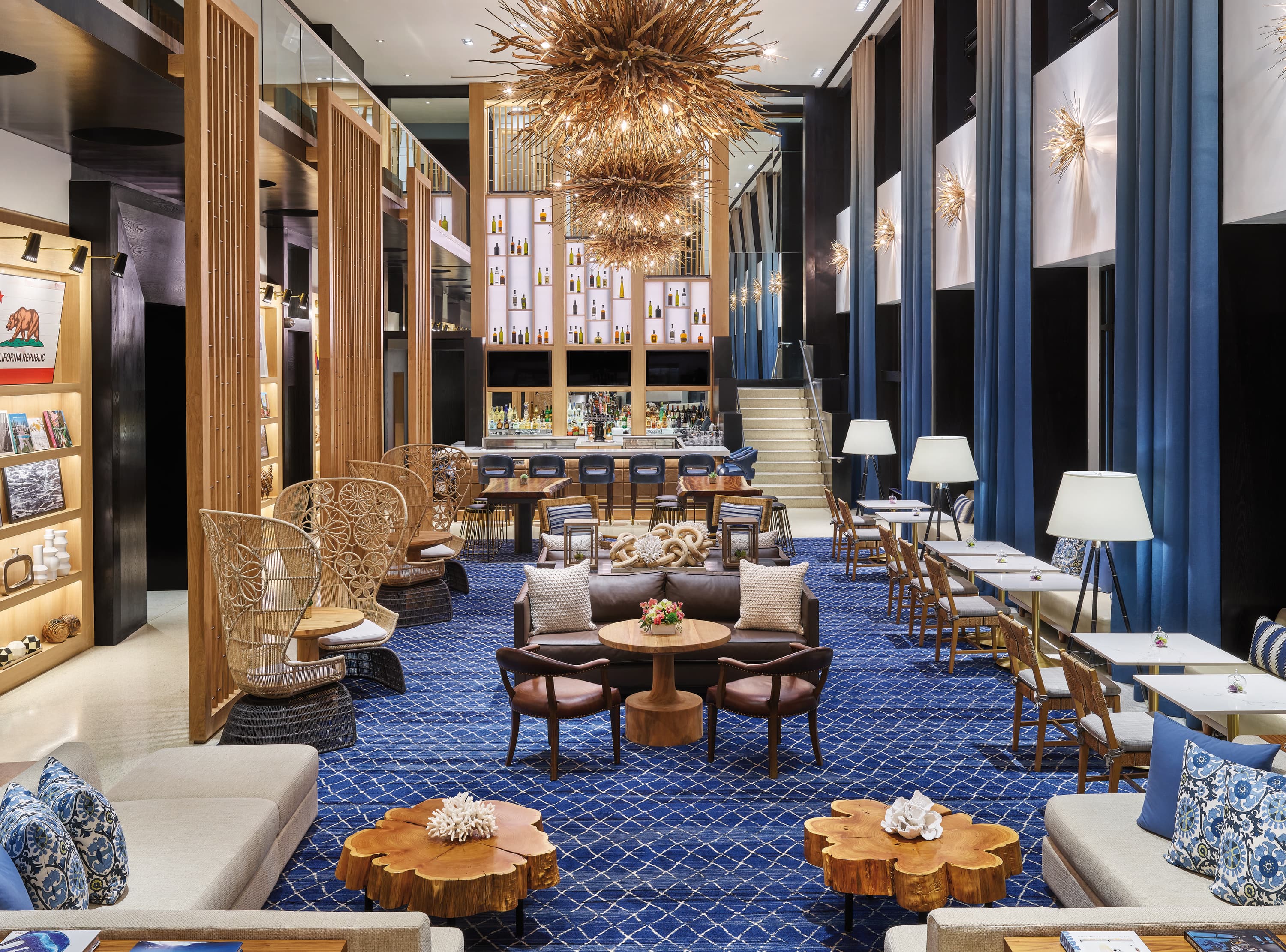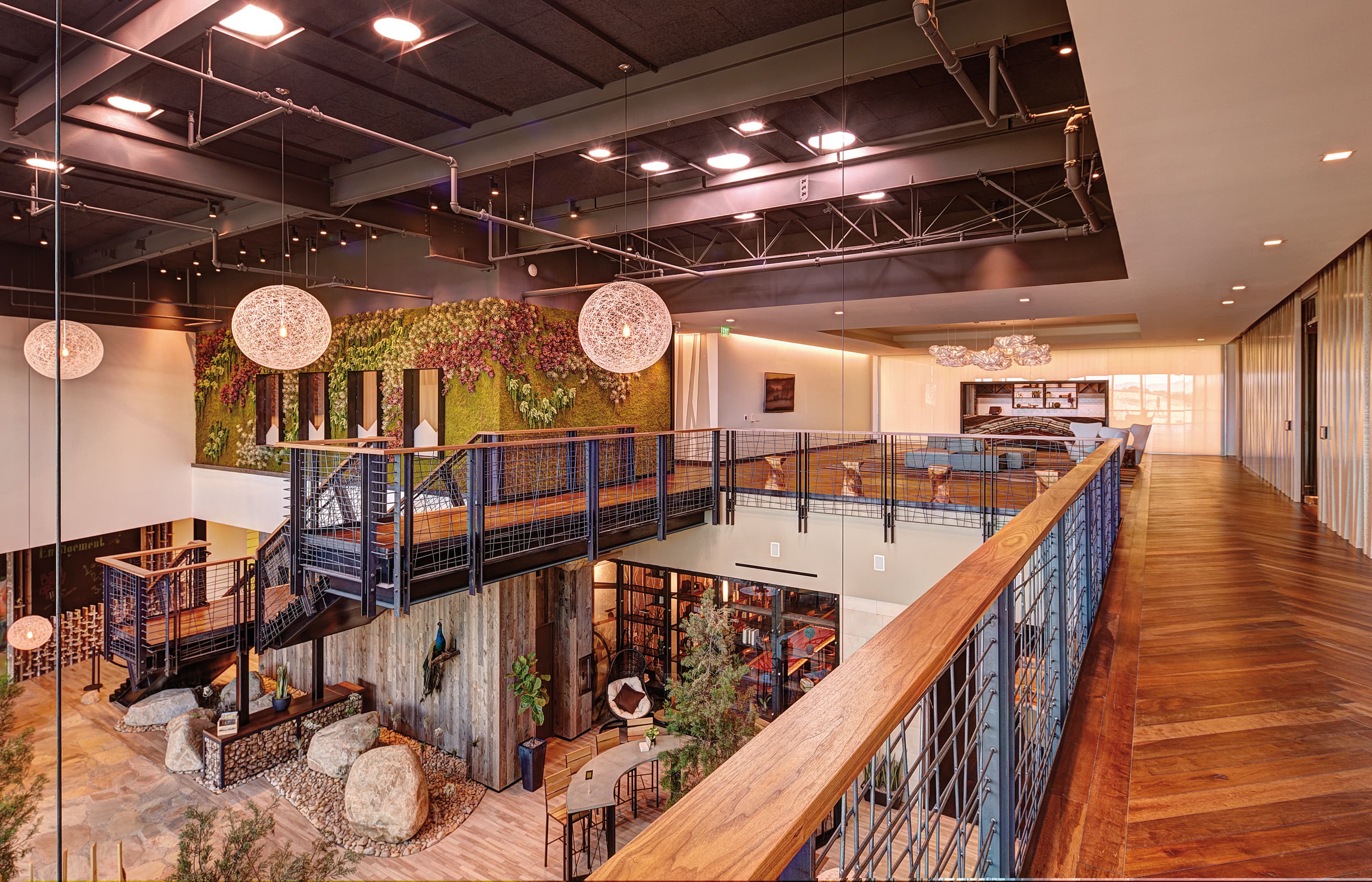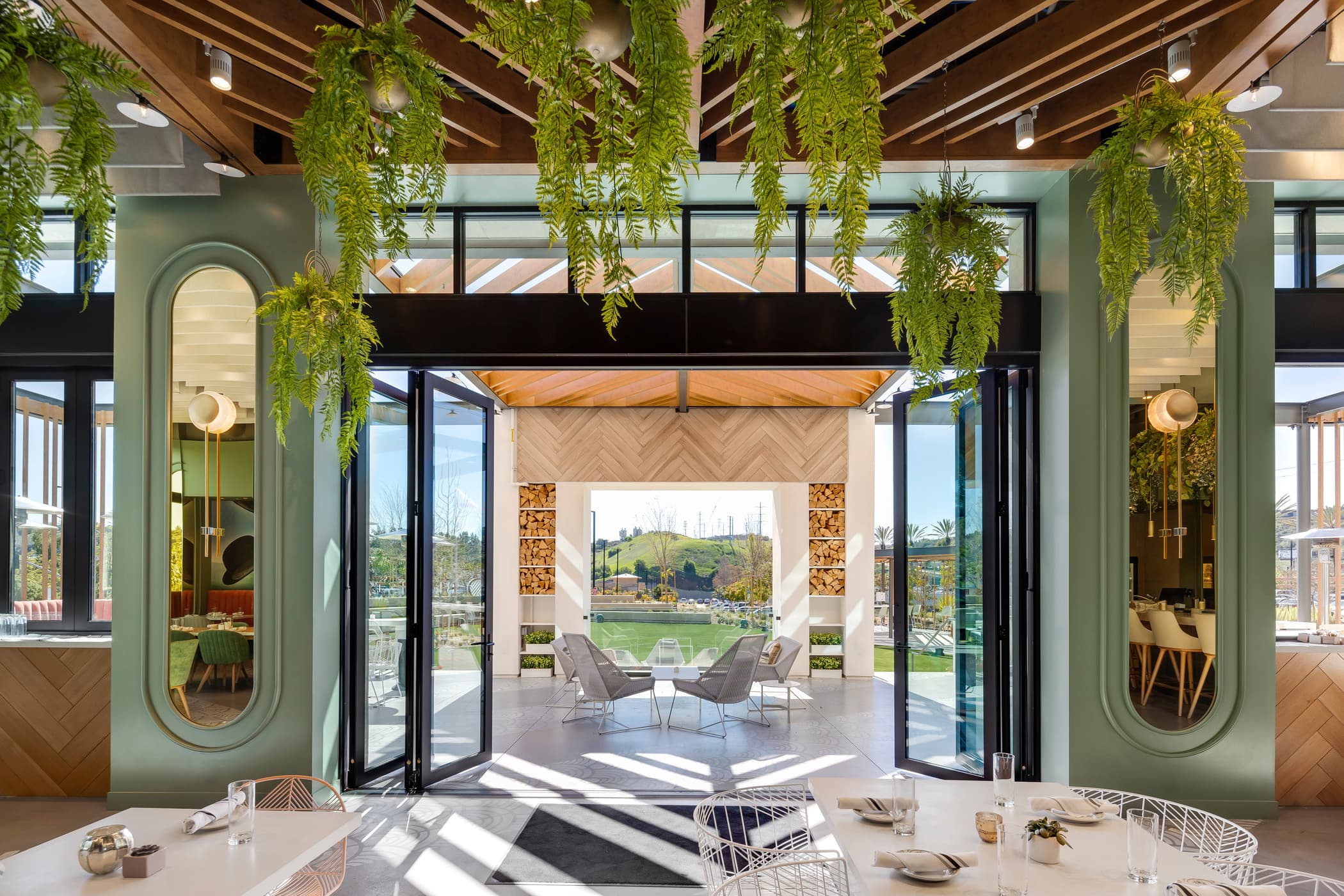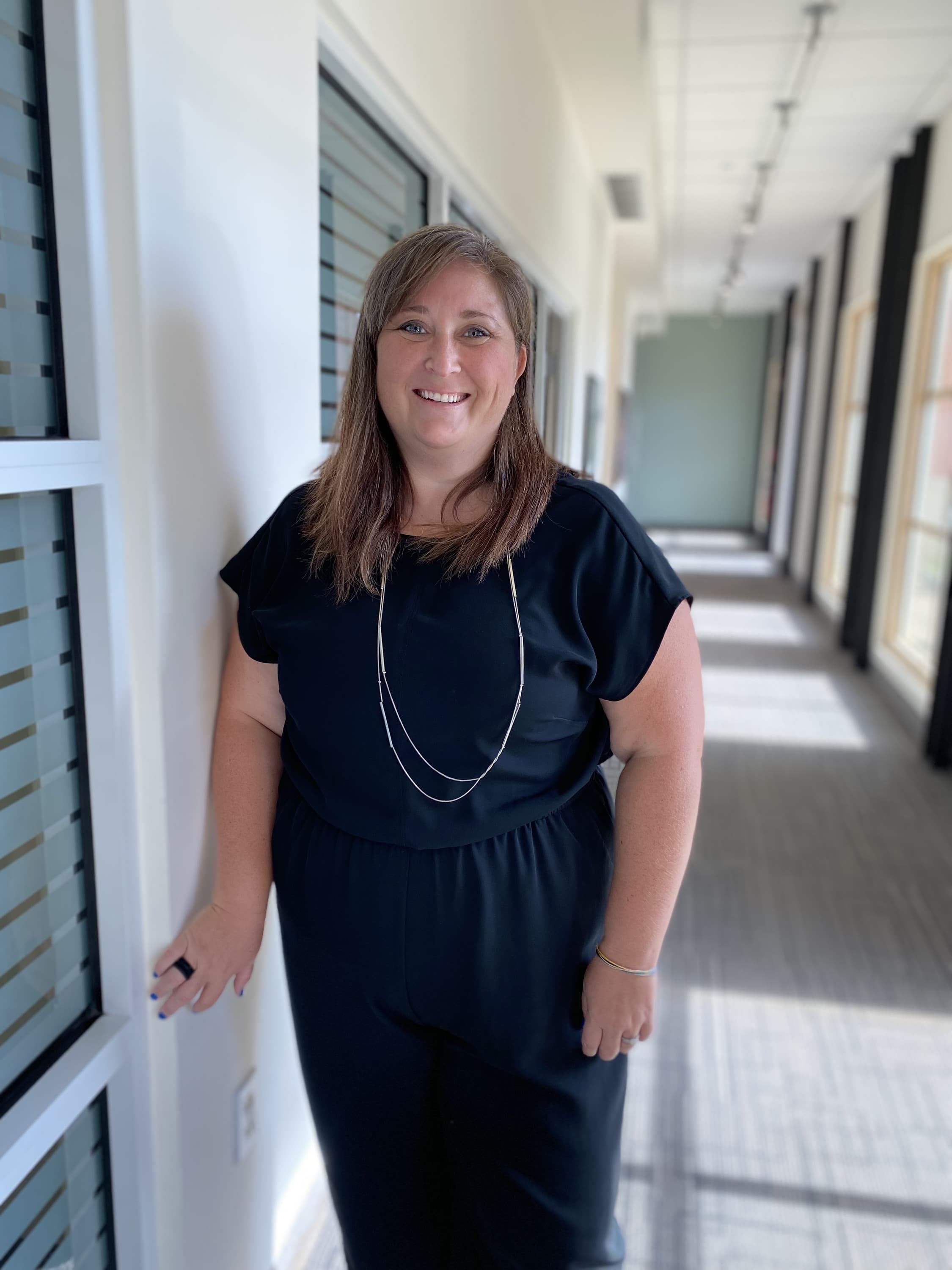Ok. I had my first official ‘old’ moment recently. During a recent thesis presentation in our studio by a few of our junior designers, we launched into a discussion about utilizing AI in projects. At first, I thought for sure they were mumbling words of another language entirely! I’ve never been one for analytics, computations, etc., so this world of terminology was WAY over my head! To me, ‘AI’ is some Facebook ‘big brother’ bot or the autofill feature on my Amazon orders. I had never really put together AI and design in my head, and certainly, did not expect it to hit so close to home. My design studio. My place of refuge. It felt like some foreign stranger slinking in to take over the world! We watched our young designers and their computer, armed with a program defining space adjacencies, connections, and design perimeters, quickly compute elegant masses that could neatly be placed on any site in the world at the click of a button. It was efficient. It was sexy. But it got me thinking... if this is the future of design, how do we, as designers, give these artificially created spaces ‘soul’? What is our role in this new world of ever advancing technology? The masses of voids and solids we watched come to life in front of our eyes were cool, no doubt, but they were also cold, stark, and overly organic. How do we make them livable? Workable? Relatable? Tangible to the masses?

AI-generated project “Hudson Yards: New Den-Cities”
Ok. I had my first official ‘old’ moment recently. During a recent thesis presentation in our studio by a few of our junior designers, we launched into a discussion about utilizing AI in projects. At first, I thought for sure they were mumbling words of another language entirely! I’ve never been one for analytics, computations, etc., so this world of terminology was WAY over my head! To me, ‘AI’ is some Facebook ‘big brother’ bot or the autofill feature on my Amazon orders. I had never really put together AI and design in my head, and certainly, did not expect it to hit so close to home. My design studio. My place of refuge. It felt like some foreign stranger slinking in to take over the world! We watched our young designers and their computer, armed with a program defining space adjacencies, connections, and design perimeters, quickly compute elegant masses that could neatly be placed on any site in the world at the click of a button. It was efficient. It was sexy. But it got me thinking... if this is the future of design, how do we, as designers, give these artificially created spaces ‘soul’? What is our role in this new world of ever advancing technology? The masses of voids and solids we watched come to life in front of our eyes were cool, no doubt, but they were also cold, stark, and overly organic. How do we make them livable? Workable? Relatable? Tangible to the masses?

Hotel Republic - PGAL’s Autograph Collection
Coming out of a world of the pandemic, I understand and respect how professors had to pivot and embrace the world of technology as we were isolated from one another. Even now in the workplace, as working remotely is more and more prevalent, how do we maintain and cultivate connections with each other as well as with our clients, consultants, vendors, contractors, end users, etc.? And how do we teach others, those just entering the workforce, to do the same? The social aspect of what we do is under attack. And in most cases, these relationships are the most important part of our job as designers.
What I came up with … design matters. What we do is so incredibly important!

GreenACRE - PGAL’s Campus Pointe Project
As architects and designers, we give projects life. We select the finishes, lighting, furniture - the tangible. The touchable. The relatable. We make the space safe and ‘feel just right’. We give spaces soul. We use our experience, cultivated memories and years of education and relationships, to communicate a story through the built environments people want to be in, play in, work in. Yes, we interpret project programs, spreadsheets, design standards, and do the test fits, but we also listen to the needs, wants, and desires of our clients and create design that reflects all these human intricacies... Those are the little things that make projects sing! They make projects unique to their own story. We build ‘places’ that people can interact, share, collaborate… feel! This level of design cannot come from a computer as we are the conductors of these memories and experiences.
So, while I acknowledge and respect that AI is coming and, arguably, ‘here’, I feel confident that the world of design as we know it is not going away any time soon. With that said, I am excited to see how the younger designers can help bring me, the new generation of “old”, into the ever-evolving world of technology but also - how I can help inform their understanding and journey of how technology relates to a world of engagement, emotions, and relationships, into their design.

